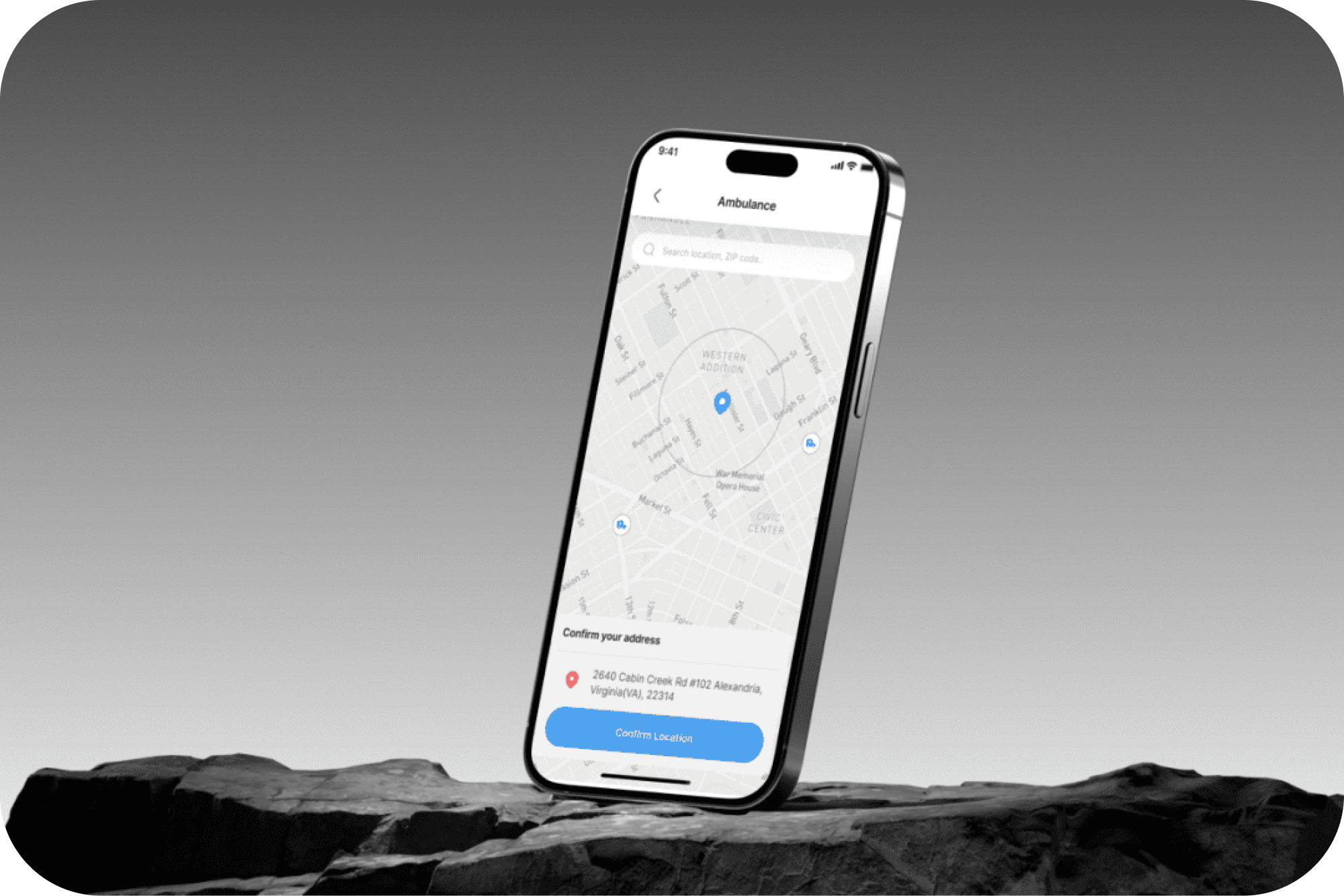As technology continues to advance and revolutionize the healthcare industry, digital health apps are emerging as a key players in personal healthcare. With the help of these apps, individuals can easily monitor their fitness levels, track their calorie intake, manage chronic diseases, and even connect with doctors on a virtual platform. These apps are designed to guide and motivate users toward a healthier lifestyle by providing customized insights and recommendations based on their health data. The true potential of these apps lies in their user-friendly design, which is essential for their wide-scale adoption and success. A user-friendly design ensures that these apps are easy to navigate, intuitive, and engaging, making them accessible to a wider audience.
Understanding “Simple UX”
The term “Simple UX” is an abbreviation for “Simple User Experience,” which refers to the design principle of creating digital interfaces that are easy to use, intuitive, and simple to navigate. The primary objective of this design approach is to develop applications that can be used without requiring a significant learning curve. By minimizing the learning curve, users can quickly adapt to the application, reducing frustration and increasing engagement.
In the context of digital health apps, the importance of the Simple UX principle cannot be overstated. The simplicity of the application can make a significant difference between a mere digital tool and a life-changing health companion. By providing an easy-to-use interface, digital health apps can encourage users to stay engaged over time, leading to lasting changes in behavior and improved health outcomes.
To achieve Simple UX in digital health apps, designers must focus on the needs of the end-user. This means considering factors such as the user’s age, health literacy, and technical proficiency. Designers must ensure that the interface is consistent, with logical navigation and clear labeling of functions. By following these principles, digital health apps can become a valuable tool in the quest for better health.
Why is simple UX important for digital health apps?
Digital health apps are becoming increasingly popular as more people turn to technology to manage their health and well-being. These apps are designed to appeal to a broad range of users, including tech-savvy millennials and older individuals who may be new to the digital health scene.
One of the key benefits of health apps is their ease of use. They are designed to be user-friendly so that all users, regardless of their level of technological experience, can benefit from them without difficulty. This means that people can easily track their health metrics, monitor their progress, and follow their treatment plan.
It’s important to note that making decisions about your health is a big deal. If you misunderstand information or make a mistake when entering data because the app you’re using is confusing, it can have serious consequences. For this reason, the ease of use of an app is crucial. When an app is straightforward and intuitive, it can encourage you to stay engaged with it and help you keep track of your health metrics or follow your treatment plan more consistently.
Trust is also a significant factor in the relationship between a user and their health app. When users feel comfortable and confident using an app, they are more likely to trust the information it provides and the recommendations it makes. A straightforward and predictable user experience establishes and reinforces this trust, making it more likely that users will continue to use the app and benefit from its features.
Crafting a simple UX/UI in digital health apps
The first interaction with an app plays a crucial role in shaping a user’s experience. A welcoming and informative onboarding process that includes visual cues, animations, and brief tutorials can assist the user without much effort. In addition, replacing wordy explanations with interactive demonstrations, following the “show, don’t tell” approach can have a significant impact. To design a user-friendly interface, one must have a deep understanding of user needs, continuously improve, and add a touch of creativity.
Voice integration can be a game-changer
The integration of voice commands in a user interface allows for a more seamless and intuitive experience. Users can effortlessly navigate through menus, select options, and enter data by simply speaking commands. This not only reduces the need for manual input but also enhances accessibility for users who may have limited mobility or visual impairments.
To provide additional assurance that users are navigating correctly, auditory or soft chime feedback can be added to the interface. This feedback can be customized to suit the user’s preferences, such as volume and tone, and can help prevent user errors by confirming successful actions. The combination of voice commands and auditory feedback provides a more natural and efficient way for users to interact with technology.
Personalization enhances user engagement
Providing interfaces that can be personalized by users to modify aspects such as font size, color contrast, or page layout is an effective way to meet the needs of individuals with different preferences and accessibility requirements. This approach ensures that users have the flexibility to customize the interface as per their specific requirements, making it more accessible and user-friendly.
Maintaining visual consistency across the app fosters familiarity
To ensure a seamless and user-friendly navigation experience, it’s important to maintain consistency in the appearance of icons, buttons, and other interactive elements throughout the website or application. By using the same design language and visual cues for similar actions, users can quickly identify and interact with the elements they need, without having to learn new visual cues or guess the functionality of each element. This can lead to increased engagement, better user satisfaction, and ultimately, a more successful product.
Data, when presented as interactive charts, graphs, or narratives, becomes more digestible
Instead of confronting users with dense data, offering them an interactive visualization can be both engaging and informative. Integrating gestures like swipe or pinch to zoom can expedite navigation, especially on larger screens, making the experience more immersive.
Prompt feedback, whether through a vibration, animation, or a brief message, assures users that their actions are acknowledged, fostering a smoother navigation experience. As apps learn more about individual user behaviors and preferences, they can offer a tailored experience through proactive suggestions, highlighted features, and adapted interfaces.
It is vital to prioritize the safety of user data
Implementing confirmation dialogs for critical actions can prevent inadvertent changes and increase user confidence. It’s essential to ensure that each interface has a clear purpose, whether it’s creating new records, accessing past ones, or analyzing health data. The primary action should be obvious and compelling.
The combination of digital technology and healthcare empathy presents a unique opportunity to revolutionize the approach to health management. As developers and designers, it’s our responsibility to ensure that these tools are both easily accessible and effective in achieving their purpose. This is where “Simple UX” becomes more than just a design preference; it’s a necessity.
A well-executed design results in a product that not only serves its function but also brings joy and empowerment. By prioritizing “Simple UX,” the digital health industry is poised for a bright future, offering an inclusive and transformative experience for everyone. Looking for the right digital health app strategy? Let’s discuss this together!

